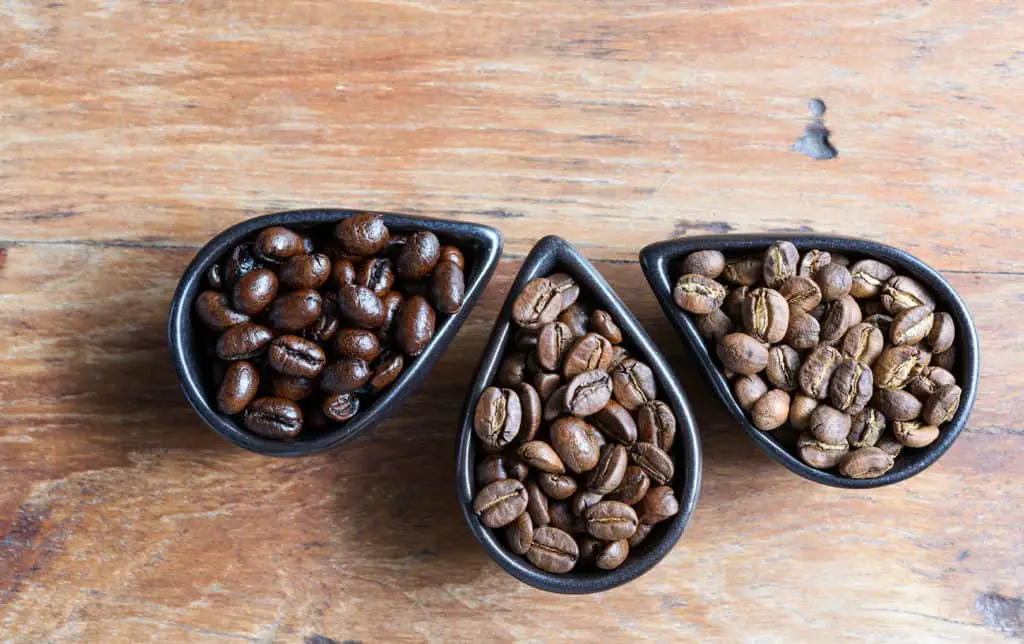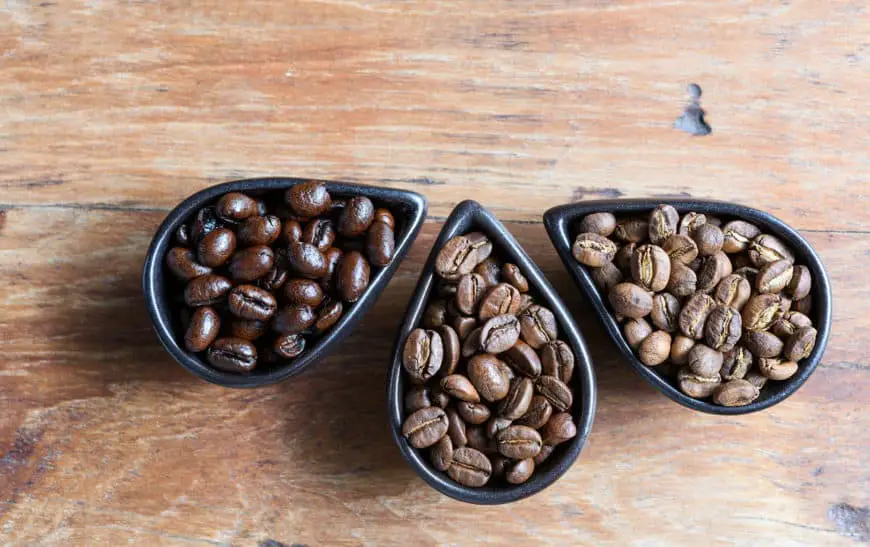
Finding the perfect blend can be a bit of a challenge. With so many options available on the market, it can be tough to find a coffee that perfectly suits your taste preferences. The good news is that you can take matters into your own hands and create your own coffee blends at home.
Not only is this a fun and rewarding experience, but it also allows you to experiment with different flavors and ratios until you find the perfect blend.
In this article, we’ll walk you through the steps to create your own custom coffee blends from the comfort of your own home.
Blending Basics
Blending is done for several reasons. Presumably, the goal is to make coffee that is higher in cup quality then any of the ingredients by themselves. But high quality Arabica coffee should be able to stand alone, it should have good clean flavor, good aromatics, good body and aftertaste.
Before blending any high quality coffees you should know the flavors of the individual coffees and have some goal for an ideal cup that cannot be obtained by a single origin or a single degree of roast. It would be a shame to blend a fantastic Estate coffee… after all, supposedly you are trying to a cup that exceeds the components and its not likely you can do this with a top coffee.
Given that you both have a reason to blend and a logical process for doing it, there will be little need for more then say 5 coffees in a blend.
Blending Coffee at Home
When blending your coffee at home you need to ensure 3 key characteristics: good body, the right balance of bitter, acidity (not the sourness of an unripe fruit but the pleasant sourness of, for example, a perfectly ripe orange) and sweet; and not least, lots of aromas.
An excellent Brazilian Natural Santos makes a great base for a blend, producing good body thanks to high presence of soluble solids, along with a little sweetness and perfect bitterness – if the roast isn’t too dark(beware). Chocolate and Caramel are the most prevalent aromas. You can also have a good Indian natural bean as your base, similar to the Brazilian with a light spicy note but less sweetness
When buying, be afraid of the dark, because over roasting produces excessive bitterness that masks coffee’s best aromas, throwing off the very balance you are seeking when buying a blend.
For the right amount of sweetness, I like a washed Costa Rica Tarrazu and West Valley and beans from other high quality Central America coffee growing areas in Guatemala, El Salvador, Panama and beyond. Many high-quality coffees from these regions will provide proper sweetness, with a pleasant, wine like acidity and wonderful fruit and toasted bread notes.
For acidity look to East Africa. Washed coffees from Ethiopia, Kenya, Tanzania and Malawi are maybe the most complex and fully aromatic coffees in the world. For a blend you might want to look for one that has a washed Ethiopia Sidamo, adding perfect sourness, along with great floral notes like jasmine and orange flowers and strong fruit aromas and flavors.
Drip Coffee Blends
Blending is about the right ingredients in the right proportions. Try this formula to start:
- 50% Natural Brazil or Similar
- 25% Washed Central America
- 25% Washed East Africa
This one has good body, chocolate undertones with and medium acidity:
- 50% Colombia
- 25% Guatemala
- 25% Sumatra Mandheling
Give one or all of them a try and then start experimenting, dialing up and down components to find your own, personal blend bliss point. As you get more comfortable, start substituting other beans with similar profiles, adjusting proportions to fine tune balance.
Espresso Blends
Traditionally most espresso blends are base on one or several high quality Brazil arabicas, some washed, some dry processed,. African coffees are added for winey acidity or flower/fruitiness or a high grown coffee from Central America for a cleaner acidity
This one also has good body but also nutty undertones and nice acidity:
- 50% Brazil Dry Process
- 25% Sumatra Mandheling
- 25% Ethiopia Sidamo
This one is smokey with just a hint of sweetness
- 60% Brazil
- 20% Colombia
- 20% Guatemala
For those who like Italian espresso
- 35% Brazil
- 35% Sumatra
- 20% Ethiopia
- 10% Guatemala
This one is very mellow with no rough edges.
- 25% Guatemala
- 25% Costa Rica
- 25% Colombia
- 25% Sumatra Mandheling
Final Thoughts
Before home blending do some basic research on your favorite bean’s aromatic and flavor characteristics. The more science minded might go the extra mile, looking into genotypes and growing environments. Either way, go for a variety of characteristics – the symphony effect – instead of one favorite note.
If you really get into blending, other factors worth exploring include processing methods, with dry (“natural”) and wet (“washed”) the most common. Each method removes the coffee beans from the fruit that surrounds and protects it but differs in the chemical reactions and resulting characteristics they create.
Dry processing produces coffee rich in body with more soluble solutions due to sugar migration during sun drying while the wet process produces coffee with more delicate aromas owning to light fermentation in water, containing fewer solids.
Roast level is also crucial, and related: When buying be afraid of the dark, because over roasting produces excessive bitterness that masks the coffee’s best aromas, throwing off the very balance you’re seeking by blending. Look for medium to dark roasted natural coffee and light to medium roasted washed coffee.


